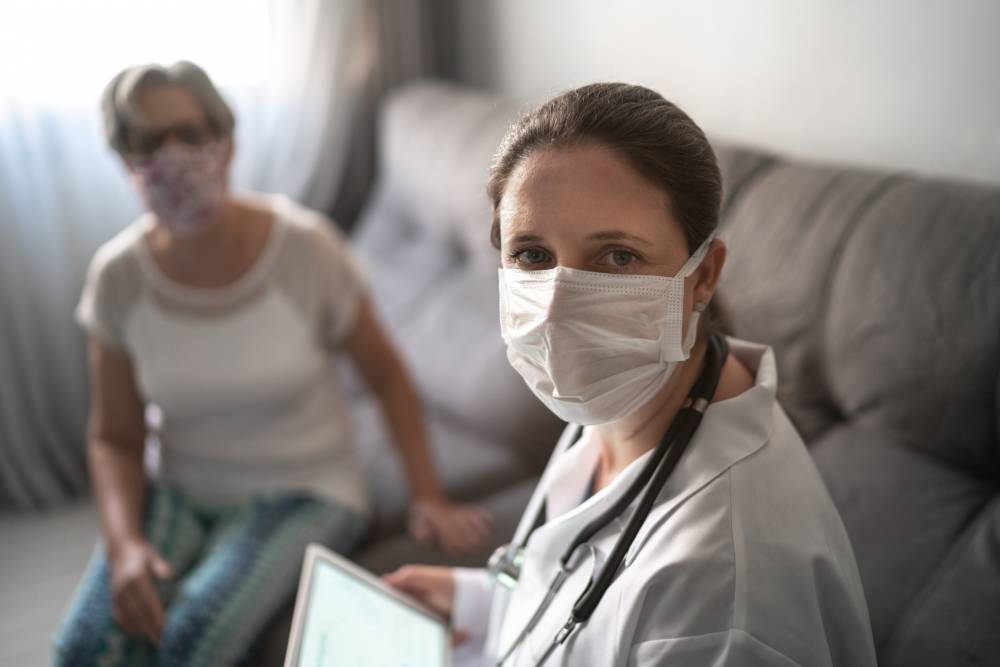
The government has released a six-point plan to help aged care workers prevent the spread of COVID-19.
You can stop the spread and keep safe by following ALL six steps.
You must stay home if you are feeling unwell, even if your symptoms are mild. Contact a doctor or respiratory clinic and seek advice. Tell them you are an aged care worker. COVID-19 testing is available for all aged care workers. The symptoms of COVID-19 can be like a cold or flu and can include:
You must stay home if, in the past 14 days, you have:
If the answer to either of these questions is yes, you should be in quarantine or isolation. Contact your employer or manager. Do not go to work. If you have symptoms, even if they are mild, seek medical advice. Let them know you are an aged care worker.
If you work in residential aged care you must be vaccinated against the flu. We strongly encourage home care workers to have a 2020 flu vaccination.
You should wash your hands with soap and water for at least 20 seconds. If your hands are not visibly soiled you can use alcohol-based hand sanitiser. You need to wash your hands thoroughly:
There are free online training modules designed to help you:
You can find the training modules online at: https://covid-19training.gov.au
You should undergo regular refresher training on infection prevention and control measures.
Personal Protective Equipment (PPE) is important to keep you safe while you are working.
You need to follow your state and territory directions for using PPE.
PPE should be worn when you are caring for someone:
Put on the PPE before you enter the person’s room or home. Talk to your employer or manager if unsure. Watch the PPE video and read the flowchart for PPE use in aged care, under COVID-19 Resources at health.gov.au.
You can view a poster of these guidelines on the Department of Health’s website.
This information was provided by the Department of Health.
Image: FG Trade, iStock.